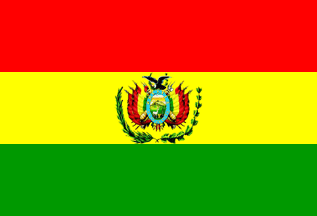This article needs additional citations for verification .(November 2022) |
Second sergeant is typically a non-commissioned officer rank, used in many countries.
This article needs additional citations for verification .(November 2022) |
Second sergeant is typically a non-commissioned officer rank, used in many countries.
Second Sergeant is a specialist rank in the Singapore Armed Forces. Second sergeants are rank above third sergeants, but below first sergeants. The rank insignia for a second sergeant features the three chevrons pointing down shared by all specialists, and one chevron pointing up. [1]
In combat units, second sergeants usually hold the appointment of platoon sergeant. They are often given instructional billets as well. Third sergeants may be promoted to the rank of 'local second sergeant', holding this local rank only for the conscript period of their active national service, i.e. more responsibilities but without any extra NS allowance compensation. After ORD, the local promotion will not carry over to conscripts' reservist cycle.
Major is a senior military officer rank used in many countries. When used unhyphenated and in conjunction with no other indicators, major is one rank above captain in armies and air forces, and one rank below lieutenant colonel. It is considered the most junior of the senior officer ranks.
Sergeant major is a senior non-commissioned rank or appointment in many militaries around the world.
Second corporal is a military rank, used in some countries.
Divisional general is a general officer rank who commands an army division. The rank originates from the French Revolutionary System, and is used by a number of countries. The rank is above a brigade general, and normally below an army corps general.
Third sergeant is typically a non-commissioned officer rank, used in some countries.
Alférez or alferes is a junior officer rank in the militaries of some Hispanophone and Lusophone countries.
First sergeant is typically a senior non-commissioned officer rank, used in many countries.
Corporal first class is a military rank in use by many militaries and is usually a non-commissioned officer.
Rank comparison chart of all armies and land forces of North and South American states.
Rank comparison chart of air forces of North and South American states.

The Armed Forces of Bolivia has four main branches: Army, Navy, Air Force and the National Police Force. Each of the four branches has a similar structure, each having four pay grades: non-commissioned officers, senior non-commissioned officers, commissioned officers and general staff. However, the SNCO roles vary depending on the branch; some of these hold specialisations.
Rank comparison chart of navies of North and South American states.
Rank comparison chart of armies/ land forces of North and South American states.
Rank comparison chart of Non-commissioned officer and enlisted ranks for air forces of North and South American states.
Rank comparison chart of officers for armies/land forces of Hispanophone states.
Rank comparison chart of Non-commissioned officer and enlisted ranks for navies of Hispanophone states.
Rank comparison chart of Non-commissioned officer and enlisted ranks for air forces of Hispanophone states.
Rank comparison chart of officers for air forces of Hispanophone states.
Rank comparison chart of officers for navies of Hispanophone states.